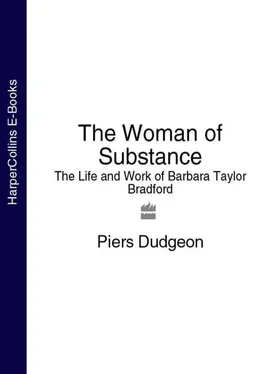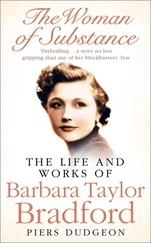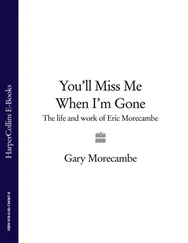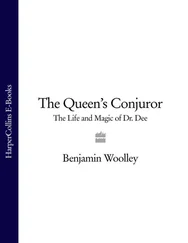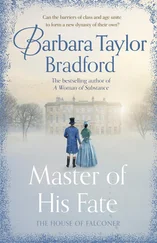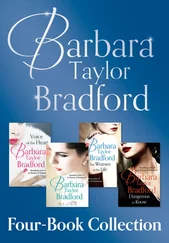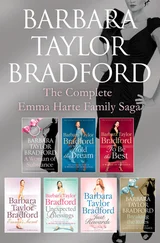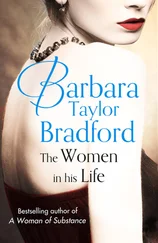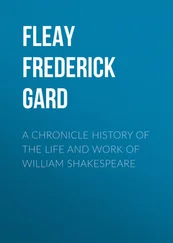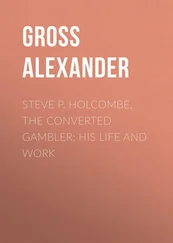When I visited Middleham with Barbara, an army of horses clattered down the road from the castle to meet us, descending from the gallops and tipping me straightaway into the pages of Emma’s Secret and Hold the Dream , where Allington Hall is one of the greatest riding stables in all England. Barbara, however, was back in her childhood with Freda: ‘We’d get the bus to Ripon and then my mother had various cousins who drove us from Ripon to Middleham . . .’
In Hold the Dream , past and present find a kind of poetic resolution in this place. Shane O’Neill believes that he is linked to its history through an ancestor on his mother’s side. It is ‘the one spot on earth where he felt he truly belonged’, and at the end he and Emma’s granddaughter Paula come together there. This sense of belonging plays an important role in the author’s own imaginative life: ‘I have very strange feelings there. I must have been about eight or nine when we first went. I thought, I know this place, as if I had lived there. I want to come back’
No matter whether it is Middleham Castle, Studley Royal or Temple Newsam, Barbara readily enters into an empathic relationship with Freda’s favourite places, feeling herself into their history, and it is a strangely intense and markedly subjective relationship. Talking to me about Temple Newsam in Leeds, she said, ‘I can’t really explain this to you – how attracted I was to the place, my mother and I used to go a lot. It was a tram ride, you’d go on the tram to town and then take another tram . . . or was it a bus? I loved it there, I always loved to go and I felt very much at home , like I’d been there before. Yes, déjà vu. Completely.’
‘Can you think why that was?’ I asked her.
‘No. I have no idea.’
‘Did you say anything about it to your mother at the time?’
‘No, she just knew I loved to go.’
When I drove Barbara to Middleham Castle, we had a similar conversation while exploring what remains of the massive two-storey twelfth-century Keep with Great Chamber and Great Hall above, ‘the chief public space in the castle’, I read from a sign. ‘The Nevilles held court here. Walls were colourful with hangings and perhaps paintings. Clothes were colourful and included heraldic designs . . .’
Barbara interrupted me: ‘I have always been attracted to Middleham and I have always had an eerie feeling that I was here in another life, hundreds of years ago. I know it; why do I know it all? How do I know it all? Was I here? I know this place , and it is not known because I came in my childhood.’
From outside came the sound of children playing. We made our way gingerly up steps nearly one thousand years old, the blue sky our roof now, held in place by tall, howling, windowless walls that supported scattered clumps of epiphytic lichen and wild flowers. Barbara stood still in the Great Hall, taking it all in with almost religious reverence. Then, inevitably, the larking children burst in. She turned, her look silencing them before even she opened her mouth: ‘Now look, you’ve got to stop making a lot of noise. You’re disturbing other people. This is not a place for you to play!’ It was as if they had desecrated a church. We descended to areas which were once kitchens and inspected huge fireplaces at one time used as roasting hearths, and discovered two wells and a couple of circular stone pits, which a signpost guide suggested may have been fish tanks.
‘It was much taller than this, it has lost a lot,’ she sighed, and then asked, ‘Would it have been crenellated?’
I said I thought that likely, adding, ‘It is gothic, dark,’ before my eyes returned to the wild flowers in search of a lighter tone. ‘Look at the harebells,’ I said, but Barbara was not to be deterred. She had come from New York to be there, she wanted me to grasp a point.
‘I don’t understand why I have this feeling. I don’t understand why it is so meaningful to me.’
‘There is a very strong sense of place here,’ I agreed.
‘For me there is.’
I felt a compulsion to test the subjectivity of Barbara’s vision. ‘I think anyone would find that there is a strong sense of place here,’ I said.
She leapt back at me immediately: ‘No, no, I know this, I have been here, not in this life.’ Then, as suddenly, the spell was broken: ‘And then you see, you can go down here . . . I had the feeling as a child, I thought I knew it. I had this really strong pull, and I don’t know why. I feel I was here in that time, in the Wars of the Roses. I feel that I lived here in the time of Warwick.’
An ability to empathise with the spirit of place is a characteristic of all writers grouped together in the nineteenth-century Romantic movement, not least William Wordsworth, whose poem, ‘I wandered lonely as a cloud . . .’ was one of Freda’s favourites and crops up time and again in Barbara’s novels. The verses tell of an empathic moment in the woods beyond Gowbarrow Park, near Ullswater in the Lake District, where the poet and his sister, Dorothy, come upon the most beautiful daffodils they have ever seen: ‘Some rested their heads upon these stones as on a pillow for weariness and the rest tossed and peeled and danced and seemed as if they verily laughed with the wind that blew them over the lake . . . ever glancing, ever changing,’ Dorothy recorded in her diary. But Barbara’s déjà vu experiences are different in an important respect from those of the Romantics. For her, sympathetic identification with Middleham Castle or Temple Newsam or Studley Royal always carries with it a conviction not only that the past is contained in the present, but of herself as part of it. The Romantic notion of empathy is absolutely the opposite of this: it is the disappearance of self. Empathy between Keats and the nightingale was contingent on the poet becoming the immortal spirit of the bird. Barbara’s feeling that she has been to a place before, in another life perhaps, comes from somewhere else. The ‘experience’ carries a sense of belonging . She seems on the verge of finding out more about herself by being there. It has something to do with identity.
Also inherent in what she terms déjà vu (literally ‘already seen’) is a feeling of disassociation with what is felt to have been experienced before; a sense of loss, a sense that there is a past which was hers and has been lost to her. Such a sense of loss can be a powerful inspiration for an author. For instance, Thomas Hardy’s novels were inspired by the loss he felt deeply of the land-based, deep-truth culture into which he had been born at Bockhampton in Dorset in the nineteenth century, and we will see that only after Barbara made her return in imagination to the landscape of her birth, and drew on the values that she associated with it, could she write the novels that made her famous.
But unlike Hardy, Barbara was not born into the culture or spirit of the times that inspired these values, and there was nothing that she could give me about her past to suggest that something in her identity had been lost to the passing of the times of which Middleham, Temple Newsam or Studley Royal belonged. I was, however, strongly aware that these experiences occurred and had been repeated on many occasions in the company of her mother. The image came to mind of Freda standing hand-in-hand with her daughter in the Keep at Middleham. Everything seemed to lead back to Freda. Why had Freda thought it so important to take Barbara to these places? Was it a committed mother’s desire to share their history, or can we see in the intensity of feeling that the trips engendered something more?
Interestingly, Wordsworth’s ‘Daffodils’ poem is used in Barbara’s novel Her Own Rules to demonstrate that Meredith Stratton has a problem of identity – a terrible feeling of loss, of being robbed, of being incomplete, which is resolved in the novel when she discovers who her mother is. Meredith hears the poem and thinks she has heard it before – but not here, not in this life. It is the first of many so-called déjà vu experiences linked to Meri’s true identity, her secret past. ‘ Her Own Rules is about a woman who doesn’t know who she really is,’ as Barbara confirmed.
Читать дальше
